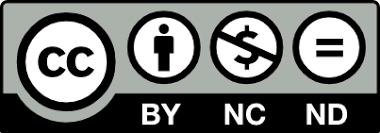WHAT IS HATE SPEECH AND WHY SHOULD WE STUDY IT?
Keywords:
hate, speech, awareness, discourse, sociolinguistics, speaking backAbstract
Together with the technological advancement, communication has become extremely easy. However, that also entails that some negative information has also become easily available. Hate speech is definitely one of the forms of communication that people often resort to without knowing the harmful effects it might have not only on the addressee, but on the whole community. Even more, some people might not even know what hate speech is or how to identify it when exposed to it. Therefore, it is extremely important to raise awareness about the issue and teach people the coping mechanisms to fight against it.
Full Text (PDF)
References
Gelber, K. (2002). Speaking back: The free speech versus hate speech debate. Benjamins.
Gelber, K., & McNamara, L. (2015). Evidencing the harms of hate speech. Social Identities, 22(3), 324–341. https://doi.org/10.1080/13504630.2015.1128810
Nakaya, A. C. (2021). Social Media Hate speech. Reference Point Press.
Perry, B. (2001). In the name of hate: Understanding hate crimes. Routledge.
Richardson-Self, L. (2021). Hate speech against women online: Concepts and countermeasures. Rowman & Littlefield, an imprint of The Rowman & Littlefield Publishing Group, Inc.
Rusieshvili-Cartledge, M., & Dolidze, R. (2021). Hate Speech in Online Polylogues: using examples of LGBT issues in Georgian computer-meditated discourse. FLEKS - Scandinavian Journal of Intercultural Theory and Practice, 7(1), 43-59. https://doi.org/10.7577/fleks.4171
Strossen, N. (2018). Hate: Why we should resist it with free speech, not censorship. Oxford University press.
Waltman, M., & Haas, J. (2011). The communication of hate. Peter Lang.












